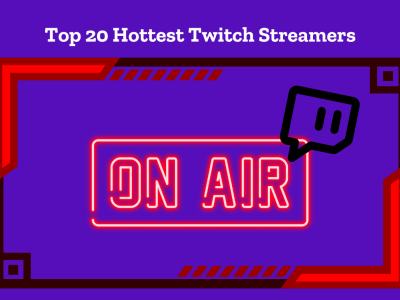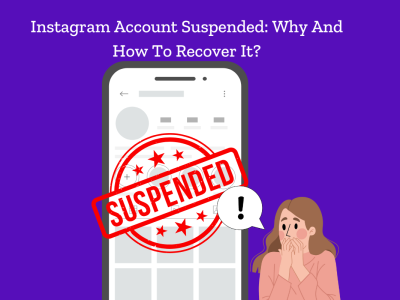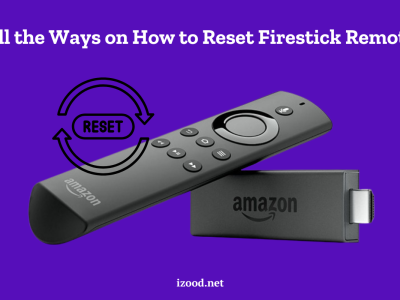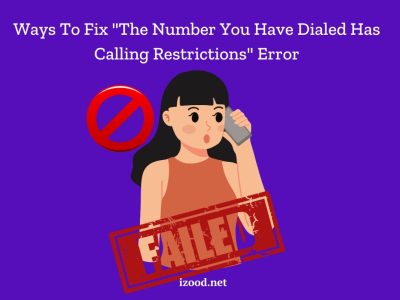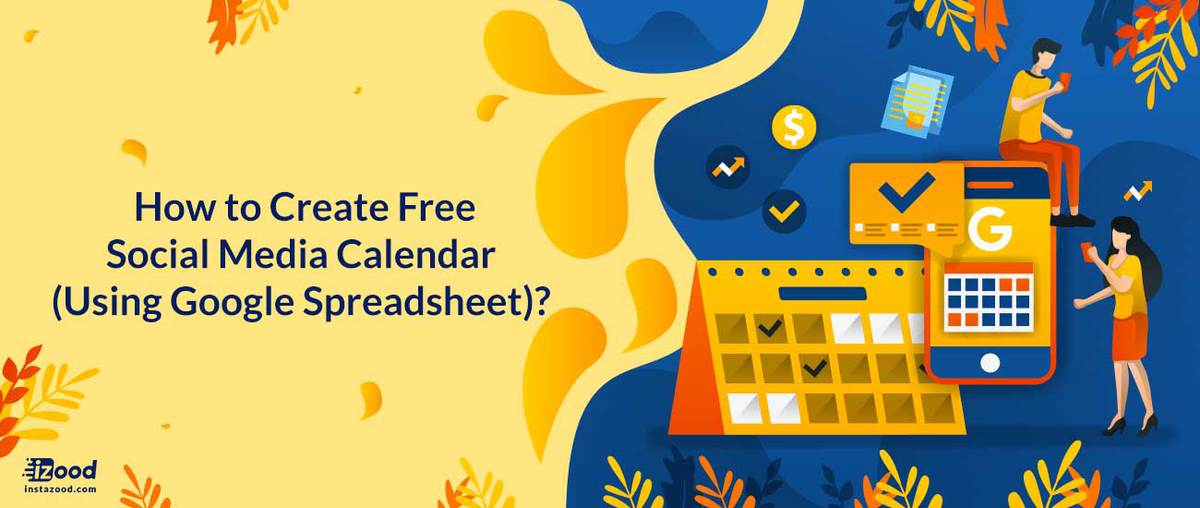
A social media calendar is a tool that helps you get a more organized social media workflow and schedule your posts for different pages of social media in advance.
So, you won’t need to worry about what to Tweet on a Saturday morning, just before an unexpected guest walks into your office and take almost your whole morning time; because your best friend – the social media calendar – has already taken care of all the morning tweets, stories, posts and contents for your social media pages.
Sounds quite dreamy, doesn’t it? But, how do you get this handy tool? Or, to be more accurate, how to create a social media calendar that efficiently works?
I won’t take your precious time to baffle about how good a social media content calendar is, or how it saves your time, and all the things you already know; it is quite obviously clear that this calendar is handy, especially for marketers, plus there are a lot of other articles talking tens of paragraphs about the benefits of a social media content calendar.
Instead I want to jump right into the “How to” section of our best social media friend! Let’s do it!
How to create a free social media calendar that efficiently works?
Here I will talk about what information we need to build a free spreadsheet schedule for social media content.
Before gathering the information, open a spreadsheet in your Google Drive and separate 7 columns for the 7 days of a week.
- Count the social media platforms and pages of your business
What social media pages you have created for your business? Are you on all of them? Instagram, Facebook, TikTok, Twitter, YouTube, etc.? Or, maybe only a few of them or even one social media is enough for you? Have you considered starting a page on a new platform?
Write down all the platforms you are active on. This is the first step you need to take. Add the social media platforms you have decided to start a business profile by. Insert the platform in the column to the left of the sheet:
- Set weekly/monthly/quarterly/annual goals for each of the social media platform and for the whole business
Having no goals in mind will take you nowhere. Determine what you want from each social media platform; do you want conversion? Traffic driven to your website or application? Sales? Determine each goal on weekly, monthly, quarterly and annual bases.
For instance, what is the current rate of engagement from Instagram in a week? What do you expect it to be? How many new followers should you wish to join the page in a month?
Defining goals helps you have a more clear vision of the path and the destination, so that creating a social media calendar becomes more targetful and intended.
- Check and plan the type of content published on each social media
A vital mistake in social media marketing is publishing a set of same posts on different social media platforms. Each social media has its own language and way of communication.
For example, Twitter is more formal and news oriented, while Instagram is more casual and campaign like. On the other hand, you see Facebook is great for professional advertisement, while YouTube is more fun than being educational.
Based on what each platform need to give you more conversion, plan for the proper type of the content to be posted on every social media.
Let’s take an example of a digital comic book sales website. Say the website is active on Instagram, Twitter and Facebook and its primary goal is to drive traffic to their online shop. It decides to post:
- Fun facts and videos about comic heroes to Instagram,
- Poles and news to Twitter,
- Introductory and critical articles about comic stories to Facebook and
- Poles, sales discount and publisher news on all the three social media platforms.
Keep in mind that the content you decide for your social media platforms must be in line with the goals set before.
- How many posts need to be published on each social media?
Based on the conversion rate, engagement and ROI decide how many posts you need to publish daily. Although the number of daily posts on each social media depends on the niche you are active on, generally the best number of daily posts are:
- 2-3 posts for Instagram
- 2-3 stories for Instagram.
- 1-2 posts for Facebook
- 1 story for Facebook
- 1-2 tweets
- 3-5 retweets
- 2-3 posts for TikTok
- 1-3 posts for LinkedIn
- 1-2 posts for Pinterest
- 1 post for YouTube
You need to know when is the best
time to post on each platform to schedule your social media posts beforehand. You can also use schedulers to plan your posts to be
published later in future.
Given these information, back to our example of the comic book online publisher, the social media content calendar for them is like this:
- Keep an eye on the upcoming general events and those important in your niche and
I recommend marking the events for the next 6 months so you can put them in your calendar and prepare the proper content for them in advance.
Twitter’s Analytics section gives you a complete list of coming events of each month. Unfortunately, this feature of Twitter is being removed on January 30 2020 and there is no other alternative like Twitter’s. It means you need to find the events in your niche manually and add them to your social media calendar.
To wrap up
Social media content calendar is a handy tool that can be created for free, using tools like Google Drive or Trello
team work planner. All you need to have a great social media calendar is to be creative, and track and analyze the information obtained from social media pages efficiently. 2020 is a great start point if you want to change your strategy, so don’t waste your time and give it a try.



